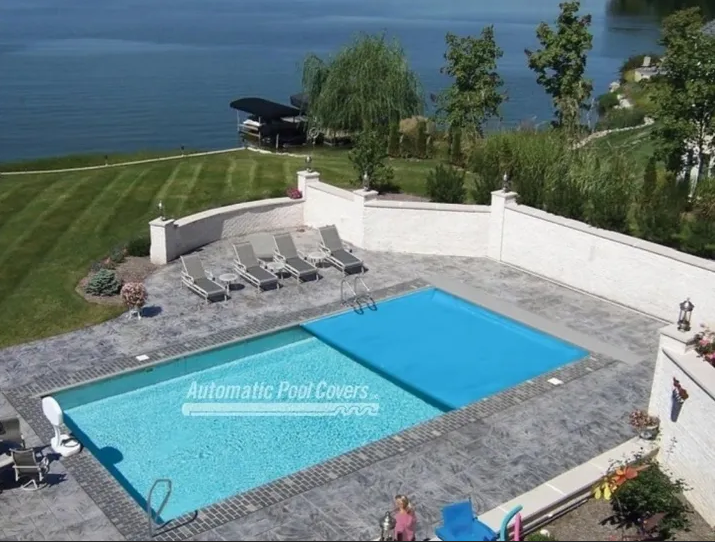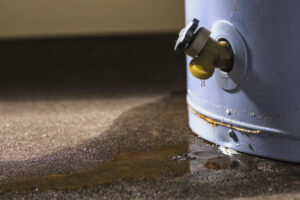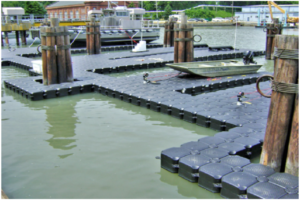
How to Find Best Swimming Pool Covers
A home swimming pool offers countless hours of relaxation, exercise, and fun — but it also requires regular maintenance and protection. One of the most effective ways to safeguard your pool is with a high-quality pool cover. Pool covers do more than just keep leaves out — they enhance safety, conserve energy, reduce maintenance, and extend the life of your pool.
In this article, we’ll explore the different types of pool covers, their advantages, and how to choose the best one for your backyard pool.
Why You Need a Pool Cover
Installing a pool cover isn’t just about convenience — it’s a smart investment in the long-term health of your pool. Here’s why:
- Reduces Debris: Keeps leaves, twigs, insects, and dirt out of the water.
- Enhances Safety: Prevents accidents involving children and pets.
- Conserves Water: Reduces evaporation, saving hundreds of gallons over time.
- Lowers Heating Costs: Retains heat and reduces the need for frequent reheating.
- Cuts Chemical Use: Limits sunlight exposure and debris, which helps maintain water chemistry.
- Protects During Off-Season: Ideal for winterizing your pool or closing it for long periods.
Types of Pool Covers
Pool covers come in a variety of materials and styles, each with unique benefits. Here are the most common types:
1. Solar Covers (Bubble Covers)
Best for: Heating and reducing evaporation
Solar covers are lightweight sheets made from plastic with air bubbles that act as insulators. They float on the surface of the water and help trap the sun’s heat.
- Pros: Affordable, easy to use, energy-saving
- Cons: Minimal safety protection, not ideal for winterizing
💡 Tip: Use a roller to make placing and removing the solar cover easier.
2. Safety Covers (Mesh or Solid)
Best for: Families with children or pets
Safety covers anchor tightly around the pool and are designed to support weight — preventing accidental falls into the water.
- Mesh Safety Covers: Allow water to drain through while blocking debris.
- Solid Safety Covers: Provide a complete barrier against water and debris but may require a pump to remove water buildup.
- Pros: Maximum safety, durable, ideal for winter
- Cons: Higher cost, requires installation and anchoring
3. Automatic Pool Covers
Best for: Convenience and all-season protection
These motorized covers can be opened and closed with a button or key switch. They combine safety, debris protection, and heat retention.
- Pros: Easy to use, secure, great energy efficiency
- Cons: Expensive, needs professional installation, potential for mechanical repairs
4. Winter Pool Covers
Best for: Seasonal pool closure in cold climates
Winter covers are made from heavy-duty material and are used to protect pools during the off-season. They are secured with water bags or anchors.
- Pros: Inexpensive, keeps out all debris
- Cons: Offers little safety, requires effort to install and remove
5. Leaf Net Covers
Best for: Supplementing a winter or mesh cover
Leaf nets are laid over a standard pool cover to catch falling leaves. They make cleanup easier before removing your main cover in spring.
- Pros: Lightweight, great for fall, inexpensive
- Cons: Not for solo use, not safety-rated
Factors to Consider When Choosing a Pool Cover
When shopping for a pool cover, consider these important factors:
- Purpose: Are you looking for safety, energy savings, or seasonal closure?
- Climate: Cold climates may require heavy-duty winter covers, while warmer regions benefit from solar or automatic covers.
- Budget: Pool covers range from $100 to over $10,000. Know what you’re willing to invest.
- Ease of Use: Consider how often you’ll need to remove and replace the cover.
- Pool Shape and Size: Custom-shaped pools may require custom-fitted covers, especially for safety or automatic types.
- Durability: Look for UV resistance, tear strength, and warranty information.
Installing and Maintaining Your Pool Cover
Proper installation ensures your pool cover works effectively and lasts longer:
- Clean and dry the cover before storage to prevent mold and mildew.
- Inspect anchors, straps, or rollers regularly.
- Use a pool cover pump for solid covers to avoid water accumulation.
- Store covers in a cool, dry place during the off-season.
Professional installation is recommended for automatic and safety covers, while solar and winter covers are often DIY-friendly.
Pool Cover Costs
Here’s a quick breakdown of average prices:
- Solar Covers: $100 – $300
- Safety Covers: $1,000 – $3,000 (including installation)
- Automatic Covers: $6,000 – $15,000
- Winter Covers: $75 – $300
- Leaf Nets: $50 – $150
While higher-end covers cost more initially, they can pay off in energy savings, reduced maintenance, and added safety.
Conclusion
An Indianapolis pool cover is one of the smartest additions you can make to your home swimming pool. Whether you’re looking to extend swim season, improve safety, or reduce maintenance, there’s a pool cover that fits your needs and budget. By understanding the different types and their benefits, you can choose the best cover to protect your investment and enjoy your pool with greater peace of mind.


